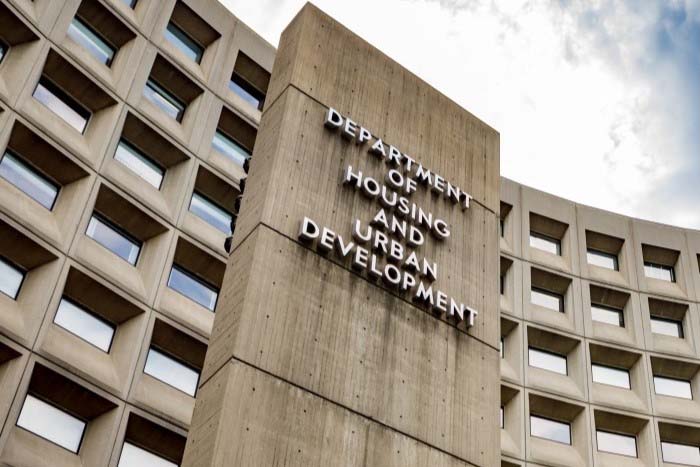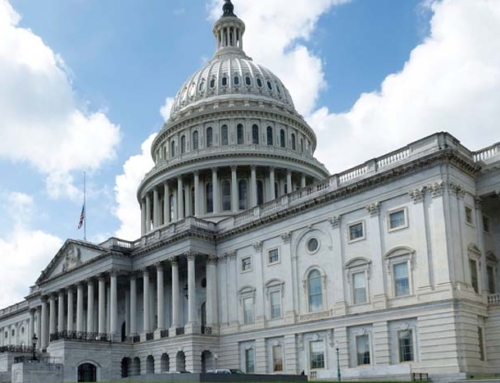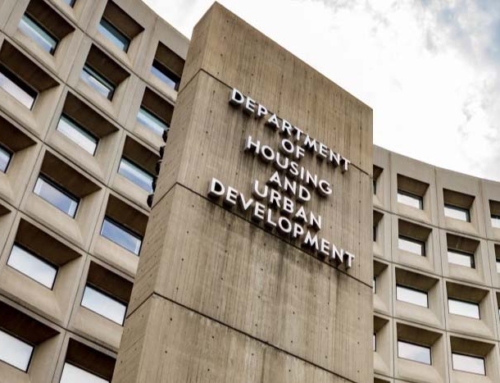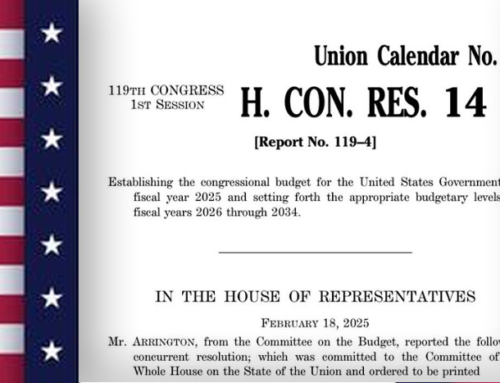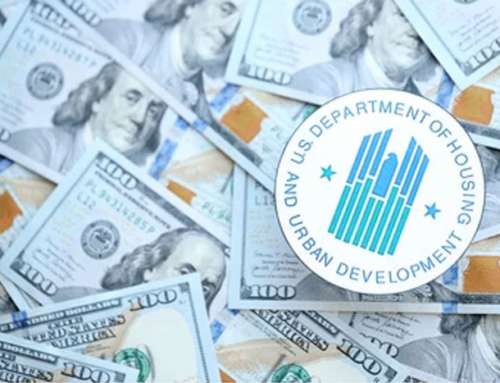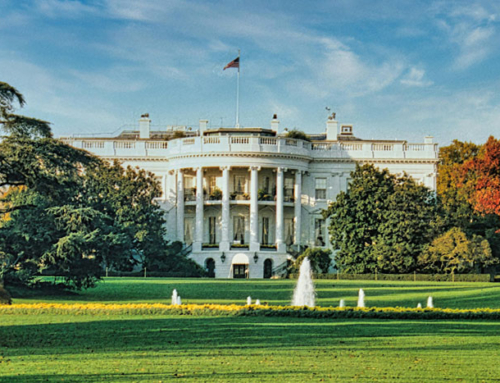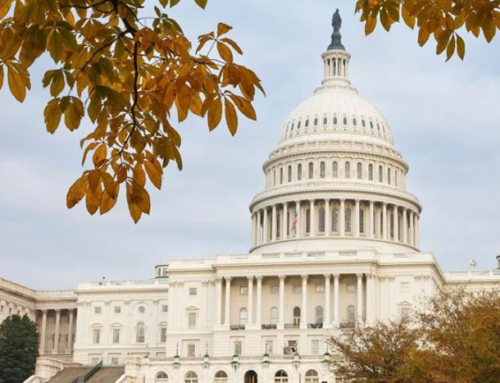On July 24, the U.S. Senate Appropriations Committee approved its FY 2026 Transportation, Housing and Urban Development bill, while earlier in July, the U.S. House of Representatives Committee on Appropriations voted to approve its FY 2026 draft Transportation and Housing and Urban Development bill. Both proposals largely reject the severe cuts proposed by President Trump in his FY 2026 HUD proposal, but these proposals still pose challenges to housing and homelessness.
The House and Senate proposals largely reject the severe cuts proposed by President Trump in his FY 2026 HUD proposal; however, the House’s proposal would slightly decrease funding to HUD by $949M (-1.3%) compared with FY 2025. The Senate’s proposal would increase funding slightly by $3.3B (+4%). Both the House and Trump proposals cut HUD staff levels by 26%.
The Senate proposal is the most generous by far, despite still not meeting the needs of the highest-burdened. It proposes a slight increase (+4%) to the Housing Choice Vouchers program, increases Homelessness Assistance Grant (HAG) program funding by 11%, maintains HOME funding at $1.2B, and keeps Community Development Block Grant (CDBG) funding roughly level at $3.1B.
Meanwhile, the House and Trump proposals could severely challenge efforts to address housing and homelessness. Both proposals eliminate HOME funding and Pathways to Removing Obstacles (PRO Housing) Grants, which aim to fund communities that identify and remove barriers to affordable housing production and preservation. The recently released Executive Order, which calls for HUD to end “housing first” policies by prioritizing funding programs that require sobriety and treatment as a condition for housing, could potentially impact such funding as well.
The House proposes a decrease for the Section 8 voucher program overall and level funding—$32.14 billion—for voucher renewals. Flat funding is insufficient to renew all existing HCV contracts, which would result in fewer households being served by the program. The Trump administration’s proposed “transforming” current Federal rental assistance programs, including Section 8, into State-based formula grants that allow States to design their own rental assistance programs – the House proposal does not include this provision.
The House and Senate appropriations bills will next be considered and acted upon on their respective floors, and the differences between those bills will need to be reconciled. If the FY 2026 budget is not passed by the beginning of the fiscal year, October 1, 2025, a continuing resolution (CR) will need to be passed to extend existing funding levels. The government is currently operating under FY 2024 funding levels due to a CR that was passed in March of this year, although the One Big Beautiful Bill modifies these levels for specific programs.
© LeSar Holdings/LeSar Development Consultants. All Rights Reserved. Please be advised that any republishing of copyrighted material provided by our organization, in whole or in part, requires prior written authorization. For permission, please reach out to [email protected]. We appreciate your understanding and compliance in upholding copyright laws.

